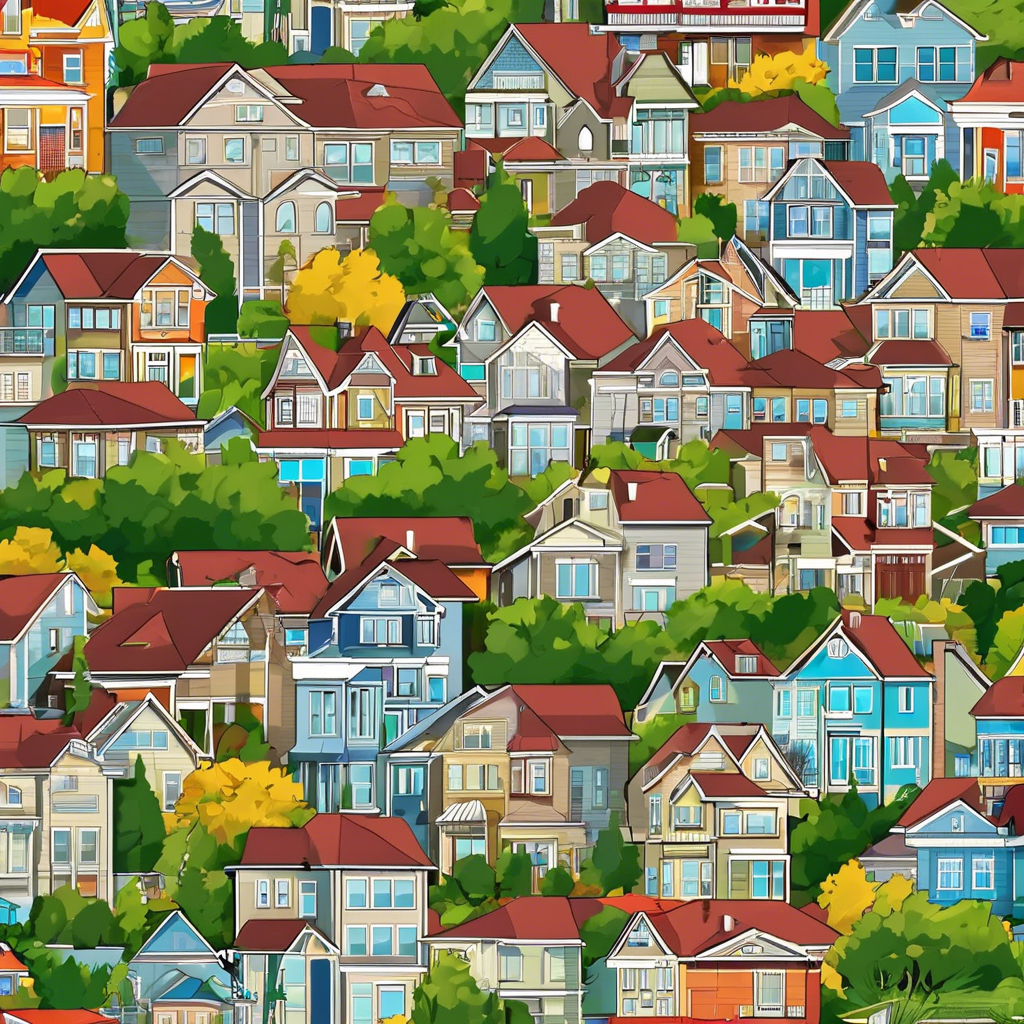The real estate market is constantly evolving, with neighborhoods rising in popularity seemingly overnight. Investors, homebuyers, and realtors are always on the lookout for the next hot neighborhood before property values skyrocket. Spotting these up-and-coming areas early can mean getting a great deal on a home or making a lucrative investment. Several key indicators can help identify where the next real estate boom will happen. By understanding economic trends, infrastructure developments, and local amenities, one can gain an edge in predicting the next sought-after neighborhood.
One of the strongest indicators of a neighborhood’s potential growth is its proximity to a thriving urban center. As housing prices rise in major cities, people seek more affordable alternatives in nearby areas. These bordering neighborhoods, often referred to as “spillover” areas, attract new residents priced out of the city. Over time, demand increases, leading to new businesses, improved infrastructure, and rising home values. Tracking migration patterns and rental demand in these adjacent areas can provide insight into where the next real estate boom might happen.
Infrastructure development is another critical factor that signals potential growth in a neighborhood. The construction of new roads, public transit systems, or major commercial projects can significantly impact property values. When a city invests in better transportation options, such as subway extensions or bus rapid transit systems, neighborhoods along these routes often see an influx of buyers and renters. Additionally, large-scale commercial projects like shopping centers, office buildings, and entertainment districts create jobs and attract businesses, further boosting a neighborhood’s desirability.
The presence of new businesses and retail establishments is a sign that an area is gaining popularity. Trendy coffee shops, boutique stores, co-working spaces, and organic grocery stores often appear in neighborhoods before they fully gentrify. Entrepreneurs and business owners are keen on setting up shop in areas where they foresee economic growth. When small businesses thrive, they attract a steady flow of visitors and new residents, creating an upward trend in property values. Observing where well-known retail chains or trendy restaurants are opening new locations can give clues about an area’s future potential.
Another key indicator is the level of investment in public spaces and community development projects. Parks, recreation centers, walking trails, and waterfront restorations make neighborhoods more attractive to families and young professionals. Cities that prioritize green spaces and pedestrian-friendly areas tend to experience an increase in property demand. When local governments allocate funds to improve a neighborhood’s aesthetics and livability, it often results in a more desirable residential environment.
The real estate market is heavily influenced by demographic trends. Millennials and young professionals often drive the demand for housing in emerging neighborhoods. Areas with a growing population of young renters and first-time homebuyers tend to experience increased property values over time. The presence of universities, tech hubs, and creative industries attracts younger demographics, leading to vibrant cultural and social scenes. Investors should look at census data, rental market trends, and population growth to identify where younger generations are moving.
Crime rates and safety perceptions significantly impact neighborhood desirability. While some up-and-coming areas may have higher crime rates initially, a steady decrease in criminal activity is a strong indicator of growth. Cities investing in better policing, street lighting, and community engagement programs often see improvements in neighborhood safety. Online crime mapping tools and local law enforcement reports can help determine whether an area is becoming safer and more appealing for buyers and renters.
Affordability remains a crucial factor in identifying the next hot neighborhood. While luxury developments often indicate an area’s transformation, affordability attracts new residents looking for better housing options. A neighborhood with relatively low housing prices but strong indicators of future growth presents an excellent investment opportunity. As more buyers recognize the value, demand rises, eventually driving property prices higher. Comparing current home values to those in nearby gentrified neighborhoods can help determine if an area is still undervalued.
Local government policies and incentives also play a major role in a neighborhood’s growth. Tax incentives for homebuyers, grants for small businesses, and zoning changes that encourage development can stimulate real estate growth. Cities that actively promote revitalization projects often experience an increase in property demand. Investors and buyers should pay attention to municipal development plans, upcoming rezoning proposals, and government-backed initiatives aimed at improving specific districts.
Cultural and artistic movements can also contribute to a neighborhood’s rising popularity. Artists, musicians, and creative professionals often seek affordable spaces in underdeveloped areas. Their presence brings new energy to a neighborhood, making it an attractive destination for younger residents and tourists. Over time, artistic communities can lead to the establishment of galleries, theaters, and cultural festivals, increasing the overall desirability of an area. Paying attention to where creative industries are setting up studios and event spaces can provide early signs of a neighborhood on the rise.
Ultimately, predicting the next hot neighborhood requires a combination of market research, observation, and local knowledge. No single factor determines a neighborhood’s future success, but analyzing economic trends, demographic shifts, and infrastructure developments can provide valuable insights. Buyers and investors who take the time to assess these indicators and act early can maximize their opportunities in an ever-changing real estate market.

